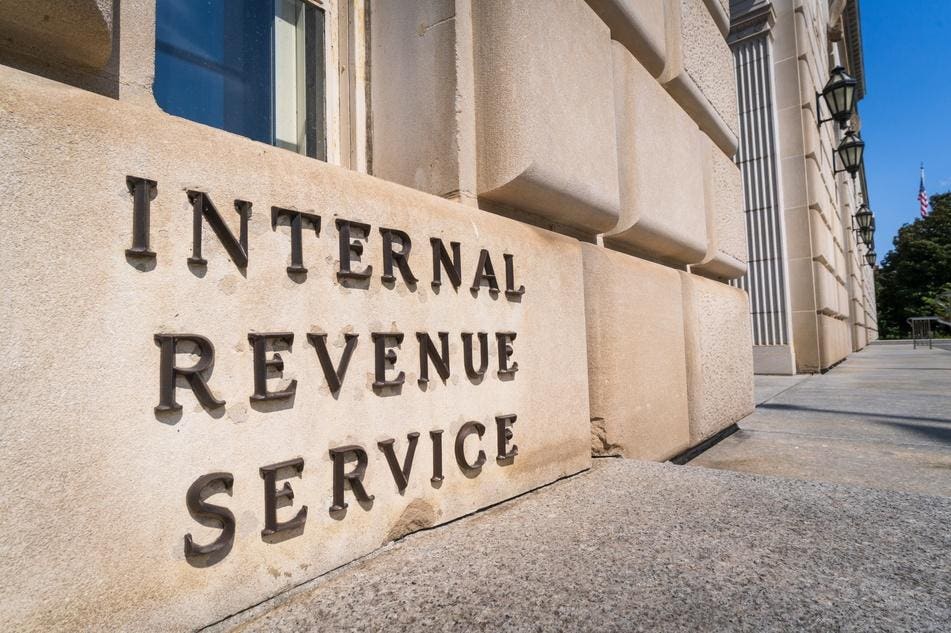With taxpayers paying hundreds of dollars to complete and file their income tax returns each year, the IRS has rolled out a free program called IRS Direct File to taxpayers in 25 states. While this program could save taxpayers a lot of money, some taxpayers will not qualify. This article discusses the qualifications to help taxpayers determine if the IRS Direct File program can be used for the upcoming tax filing deadline.
April 15th marks the deadline for individuals to submit their 2024 income tax returns and pay their tax bills. Unlike the majority of taxpayers filing 2023 income tax returns, taxpayers in 25 states can file this year’s tax returns for free directly with the IRS. The new program called IRS Direct File has been piloted across a smaller sample of states in recent years before offering it out to a much larger swath of the population for this year’s filing season.
Despite the inherent financial benefit of now being able to file taxes without using tax prep software or a CPA firm, many taxpayers still do not know much about this new program. IRS Direct File is a historic and novel program designed to allow taxpayers to complete and file their taxes for free directly with the IRS. A key catch to this program is that it is not available to everybody. In particular, participation in this program follows five key criteria:
- Taxpayers Must Live And Work In A Participating State For All Of 2024. These states include Alaska, Arizona, California, Connecticut, Florida, Idaho, Illinois, Kansas, Maine, Maryland, Massachusetts, Nevada, New Hampshire, New Jersey, New Mexico, New York, North Carolina, Oregon, Pennsylvania, South Dakota, Tennessee, Texas, Washington, Wisconsin, & Wyoming. While only half of the states participate for the 2024 filing year, it is important to point out that they encompass a large percentage of the U.S. population, including each of the five most populous states.
- Taxpayers May Only Earn Certain Types of Income. The acceptable forms of income include W-2 wage income, SSA-1099 Social Security Income, 1099-G Unemployment Compensation, 1099-INT Interest Income, and 1099-R Retirement Income. Notably, what is missing from these types of income is self-employment income. However, gig economy workers and those who earn income from rental activities are also precluded.
- Taxpayers Cannot Have Too Much Income. The IRS imposes a limit for this service to be no more than $125,000 in wages if filing as a single taxpayer and no more than $250,000 in combined household wages if filing as married filing jointly.
- Taxpayers Must Take The Standard Deduction & Not Claim Less Common Tax Credits. As the program is undergoing a complicated process to streamline tax filing services, Direct File is only available for taxpayers with less complex tax circumstances. This notion means that taxpayers must take the standard deduction ($14,600 for single taxpayers; $29,200 for married filing jointly taxpayers). Furthermore, while Direct File allows taxpayers to claim some of the most common tax credits (Child Tax Credit, Credit for Other Dependents, Child & Dependent Care Credit, Earned Income Tax Credit, Retirement Savings Contributions Credit, and Credit for the Elderly), taxpayers wishing to claim other credits cannot use this program. While being eligible for the credits does not preclude the taxpayer from using Direct File, the taxpayer cannot use this free service if they wish to claim the other tax credits.
- Taxpayers Have Savings & Retirement Account Restrictions. Taxpayers cannot add or use money from a medical savings account or contribute or receive distributions from an IRA. This restriction does not preclude taxpayers from having other HAS/FSA-type accounts or contributing to or receiving funds from other retirement accounts like 401(k)’s or 403(b)’s.
Assuming all five requirements are met, the IRS Direct File provides substantial cost savings to taxpayers. For instance, it is estimated that the average cost to file a simple tax return using a CPA is $220. This amount is comparable to tax software providers like Turbo Tax, which advertises costs at over $100 to help taxpayers do their taxes themselves or over $200 for filing taxes with the assistance of an expert. Importantly, these cost savings are borne by those who benefit from it the most, as those with high wages are not eligible for this service. Lastly, the Direct File program limits the uncertainty of taxpayers filing their tax returns as these are remitted directly to the IRS.
However, not all are on board with this service. The Department of Government Efficiency (DOGE) claims that this service is an illegal and blatant power grab due to the use and access of personal taxpayer information. In a Business Insider article, this agency also claims that these services belong to the private sector and that putting them under the federal government’s purview is inefficient.
Despite the concerns over the plausibility of the IRS Direct File program, it remains available for filing 2024 income tax returns and could be expanded to more states in future years. As taxpayers near the April 15th deadline, they should be aware that this program is an option available to them for filing their 2024 income tax returns.
Read the full article here

